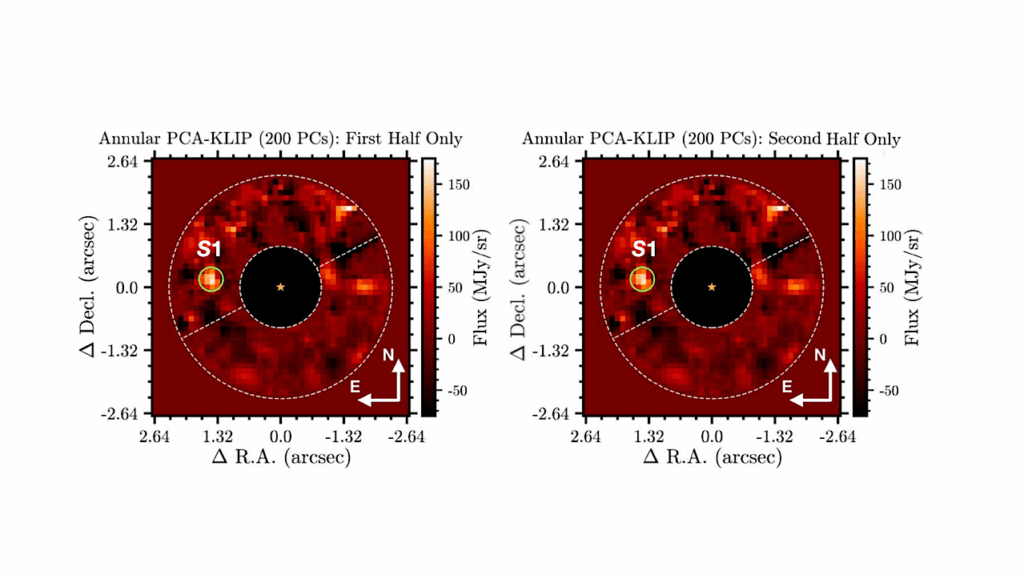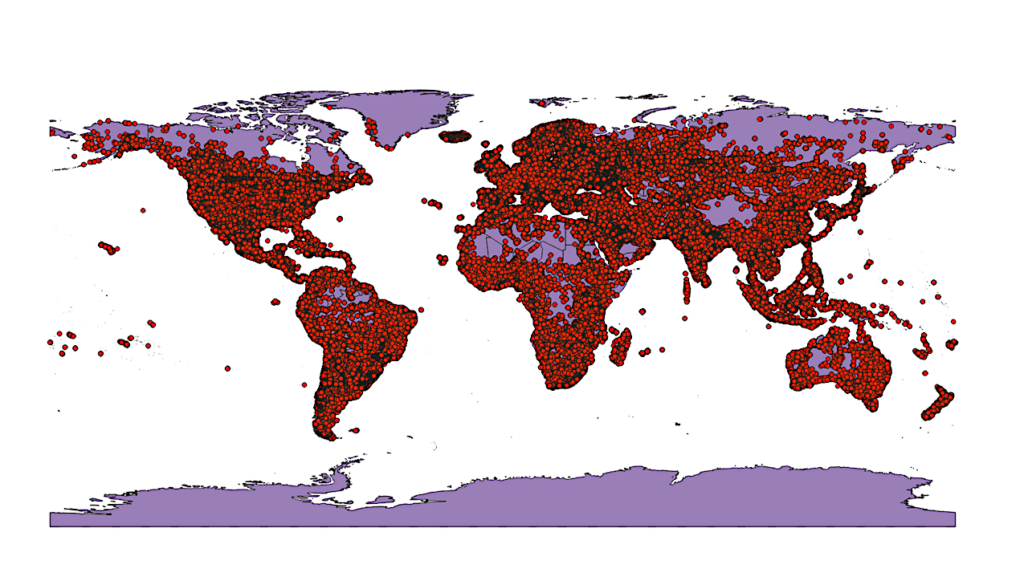Stellar Space Weather Effects On Potentially Habitable Planets

Stellar activity can reveal itself in the form of radiation (eg, enhanced X-ray coronal emission, flares) and particles (eg, winds, coronal mass ejections). Together, these phenomena shape the space weather around (exo)planets.
As stars evolve, so do their different forms of activity — in general, younger solar-like stars have stronger winds, enhanced flare occurrence and likely more frequent coronal mass ejections.
Altogether, these effects can create harsher particle and radiation environments for habitable-zone planets, in comparison to Earth, in particular at young ages. In this article, I will review some effects of these harsher environments on potentially habitable exoplanets.
A. A. Vidotto (Leiden Observatory)
Comments: Accepted for publication in the International Astronomical Union Proceedings Series. This contribution is based on the review talk I gave at the “Focus Meeting 5: Beyond the Goldilocks Zone: the Effect of Stellar Magnetic Activity on Exoplanet Habitability”, at the IAU General Assembly in Busan, Rep. of Korea (Aug 2022)
Subjects: Earth and Planetary Astrophysics (astro-ph.EP); Solar and Stellar Astrophysics (astro-ph.SR)
Cite as: arXiv:2211.15396 [astro-ph.EP] (or arXiv:2211.15396v1 [astro-ph.EP] for this version)
https://doi.org/10.48550/arXiv.2211.15396
Focus to learn more
Submission history
From: Aline Vidotto
[v1] Mon, 28 Nov 2022 14:57:26 UTC (352 KB)
https://arxiv.org/abs/2211.15396
Astrobiology







